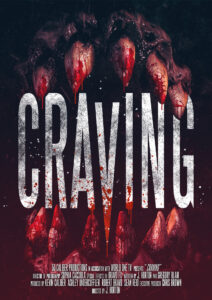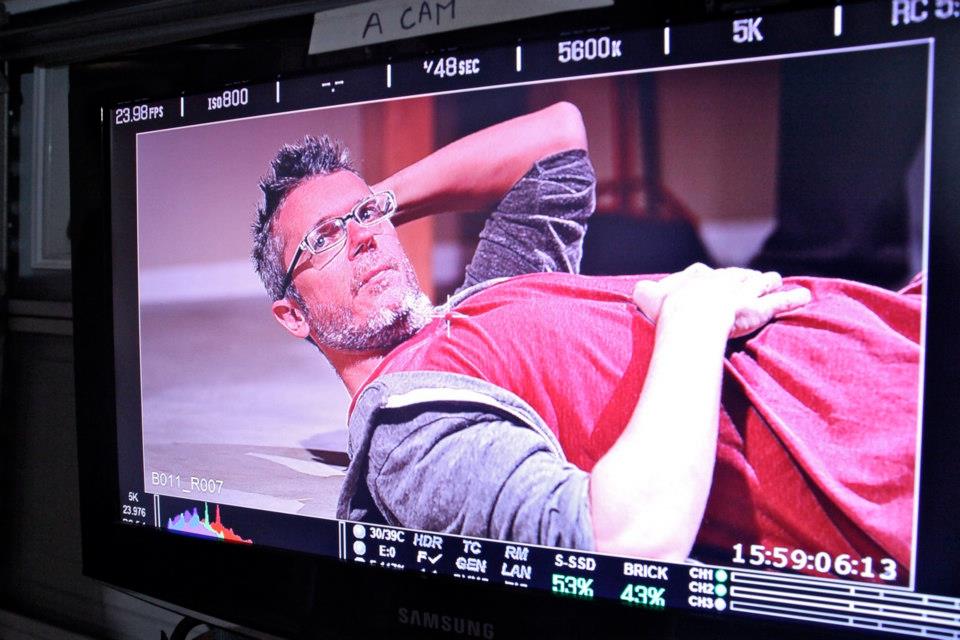He survived on potatoes and ramen before finding success, but Jason Horton’s career as a horror filmmaker is a thrilling ride through the challenges and triumphs of independent filmmaking. In this interview with me, Horton reveals how he carved out a successful niche in the horror genre, offering practical advice for aspiring filmmakers who want to make a living from their passion for creating spine-chilling stories.
Jeff Rivera: Jason, thanks for joining us. How successful is it possible to be financially as an independent horror filmmaker in today’s world?
Jason Horton: Thanks, Jeff. The sky’s the limit. There are filmmakers making hundreds of thousands a month on individual titles, while others barely make anything. Averages are lower, but there’s no ceiling to what you can achieve. You could make the next “Paranormal Activity” or “Blair Witch” and make millions, but those are rare cases. It wasn’t easy though. My first five or six years were feast or famine. I made money from freelance gigs but had long periods with no work. I ate a lot of ramen and potatoes. Eventually, I adopted an entrepreneurial spirit and stopped waiting to be hired. That change in mindset helped me find success.
Are you able to live comfortably doing what you’re passionate about?
Horton: Yes, I make over six figures a year. Compared to big studio films, I’m on the low end. But among indie filmmakers, I’m in the 90th percentile. I do better than most at my level, which is encouraging.

What’s the difference between someone making pennies a month and someone like you? Is it the number of titles, genres, or something else?
Jason Horton: It’s a combination of things. I don’t think I’m an exceptional filmmaker, but I’m good at what I do and have been doing it for almost 25 years. I understand how to create a movie that appeals to an audience. It’s not always technically polished, but it’s engaging. I’ve also been prolific; I have 60 or 70 titles in my library, all earning money. Being prolific and having a good business sense has helped me make a living.
Is there a difference between what the public wants and what professionals think is great?
Horton: Absolutely. Professionals often think a film needs to be at a studio level of quality, but there are audiences for all kinds of content. For example, I make low-budget horror films that wouldn’t pass as Hollywood-level, but they fulfill an audience’s need for thrills and entertainment. Quality, in terms of production value, is secondary to content quality. People want the excitement and stories they’re interested in.
For professionals from legacy institutions considering indie filmmaking, what practical and inspirational advice would you give?
Horton: It can definitely be done. You don’t need a huge budget or world-class skills. I came from a modest background with no connections and made it happen bit by bit. However, it took me nearly 15 years to make a living from my films. You need to be able to do a lot yourself—shoot, edit, and produce. If you can do that, you’re in a good position. If not, it’s harder because you’ll need to rely on or pay others.
How low budget is it possible to shoot something that’s good enough for platforms and potentially profitable?
Jason Horton: For horror films, you can do it very cheaply. Use what you have—your house, car, friends willing to act. When writing, consider your resources and write around them. For example, shoot scenes in locations you have access to for free. I used to make very cheap films but didn’t feel comfortable paying people so little. Now, my base level for narratives is around $50,000 to $100,000. Starting out, you might volunteer or split back-end profits.
What sub-genres in horror are untapped and have a big audience?
Horton: Trends change quickly, but currently, women-in-peril movies are popular. These are like lifetime thrillers and are doing well, especially among African-American audiences. In horror, unique approaches to familiar themes often work well. Find what’s popular and add your unique twist.

What actually works in marketing your horror films? What gets viewers from ads or publicity to watching your film?
Horton: There are no shortcuts. Genuine interaction with your audience is crucial. Respond to comments, engage with people, and build a community. Sometimes, it’s just about the right project at the right time. For example, my horror movie “Craving” took a lot of effort to market but eventually found its audience. Genuine connection and consistent engagement are key.
How can someone raise $5,000 or $50,000 for a film if they don’t have wealthy friends or family?
Horton: There are no tricks; it requires dedication. I saved up over a year and used credit cards for my first $5,000 film. You need to be willing to make sacrifices and find ways to save or crowdsource. If you’re not willing to do that, it’s tough to break into independent filmmaking. Grants are an option, but they’re competitive.
Jason Horton’s journey from struggling freelancer to successful horror filmmaker is a powerful example of how perseverance, adaptability, and genuine audience connection can lead to success. His story offers a realistic and inspiring roadmap for aspiring filmmakers aiming to make a living from their passion.

